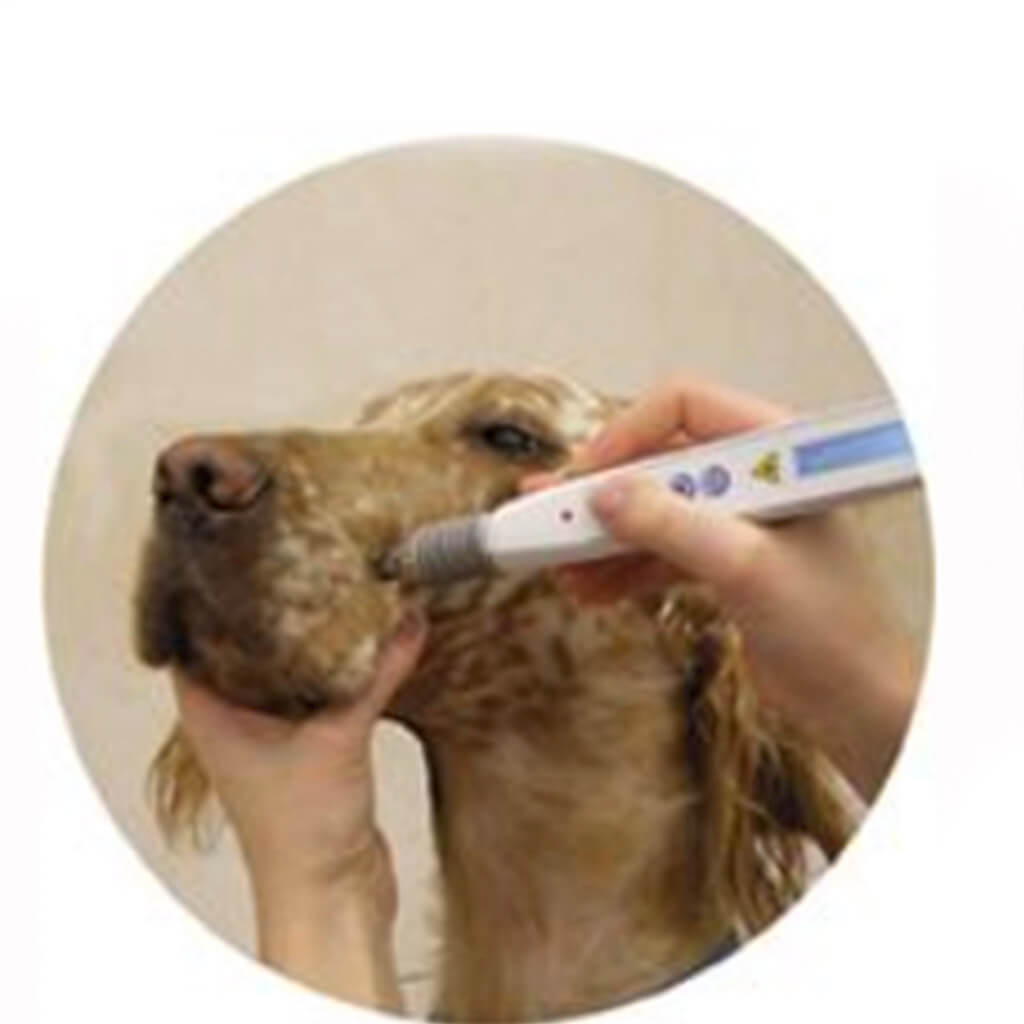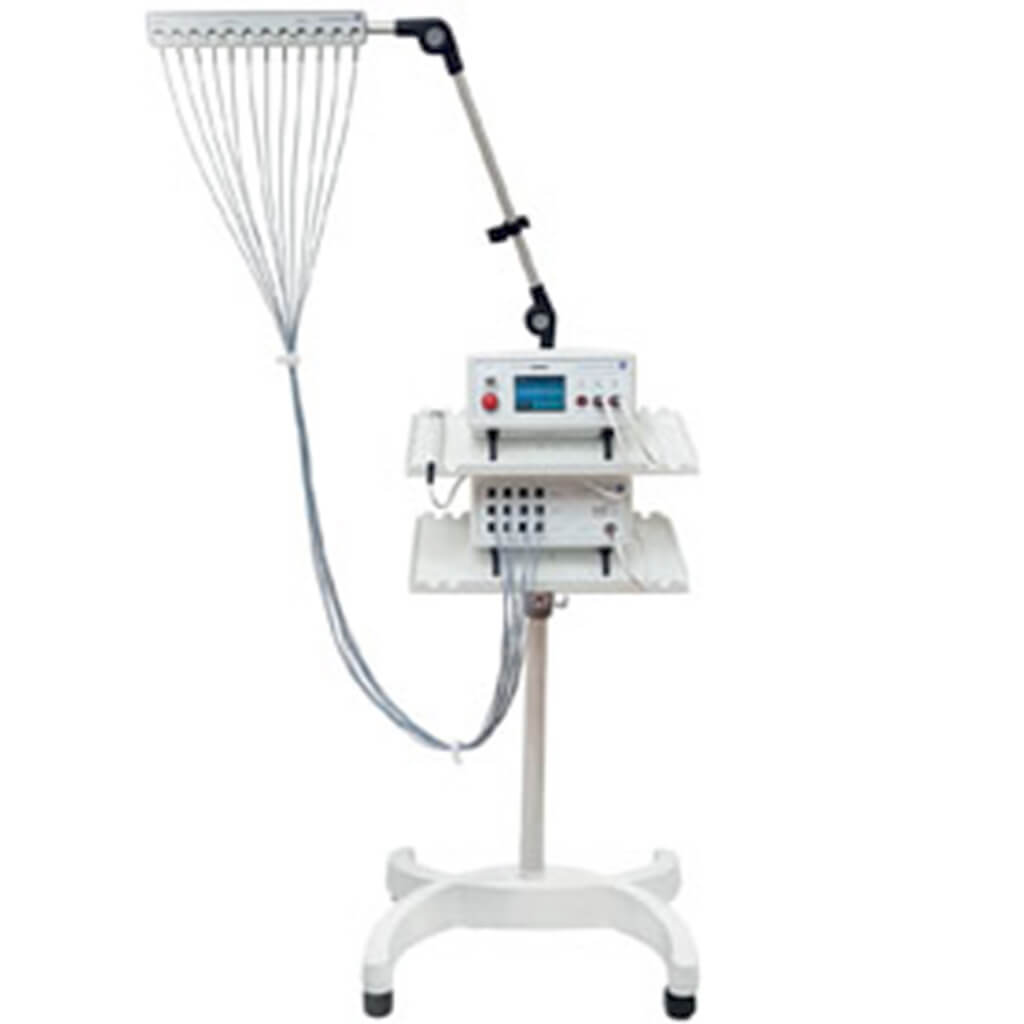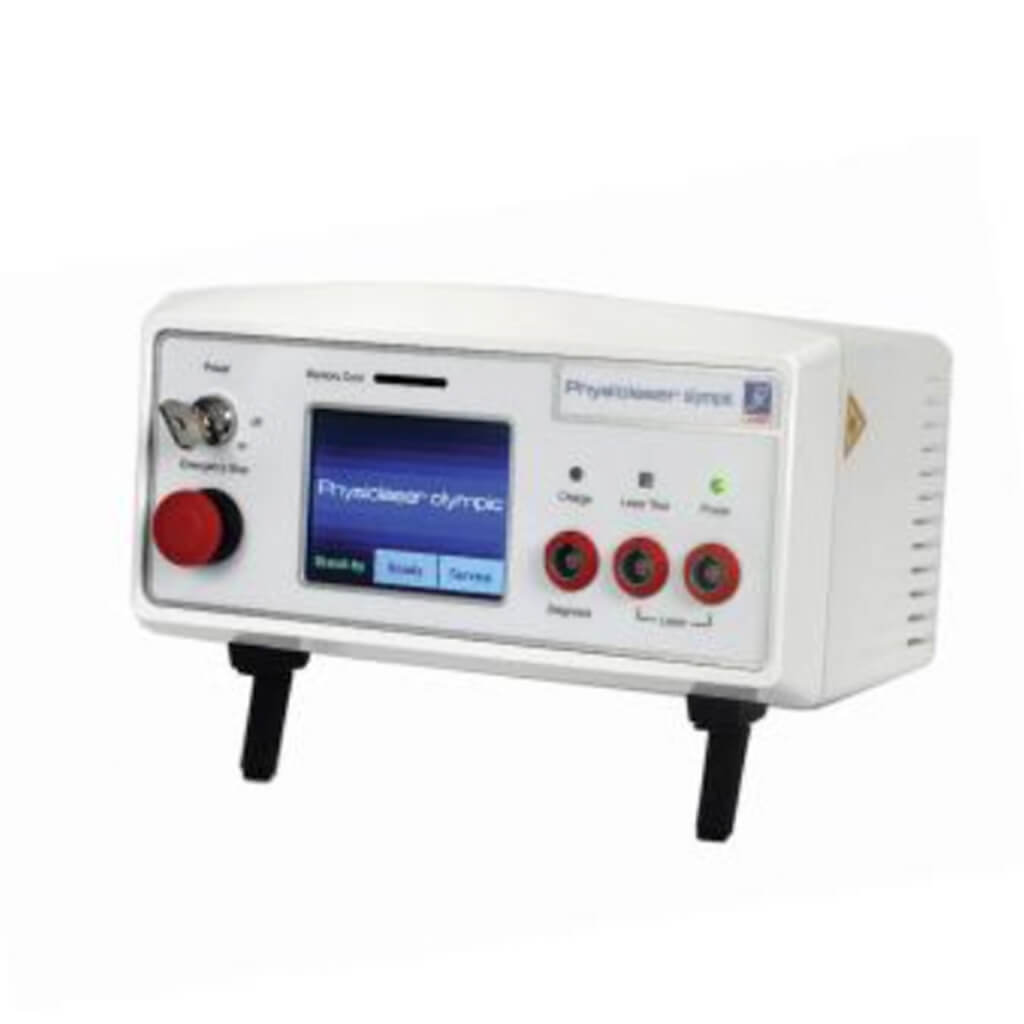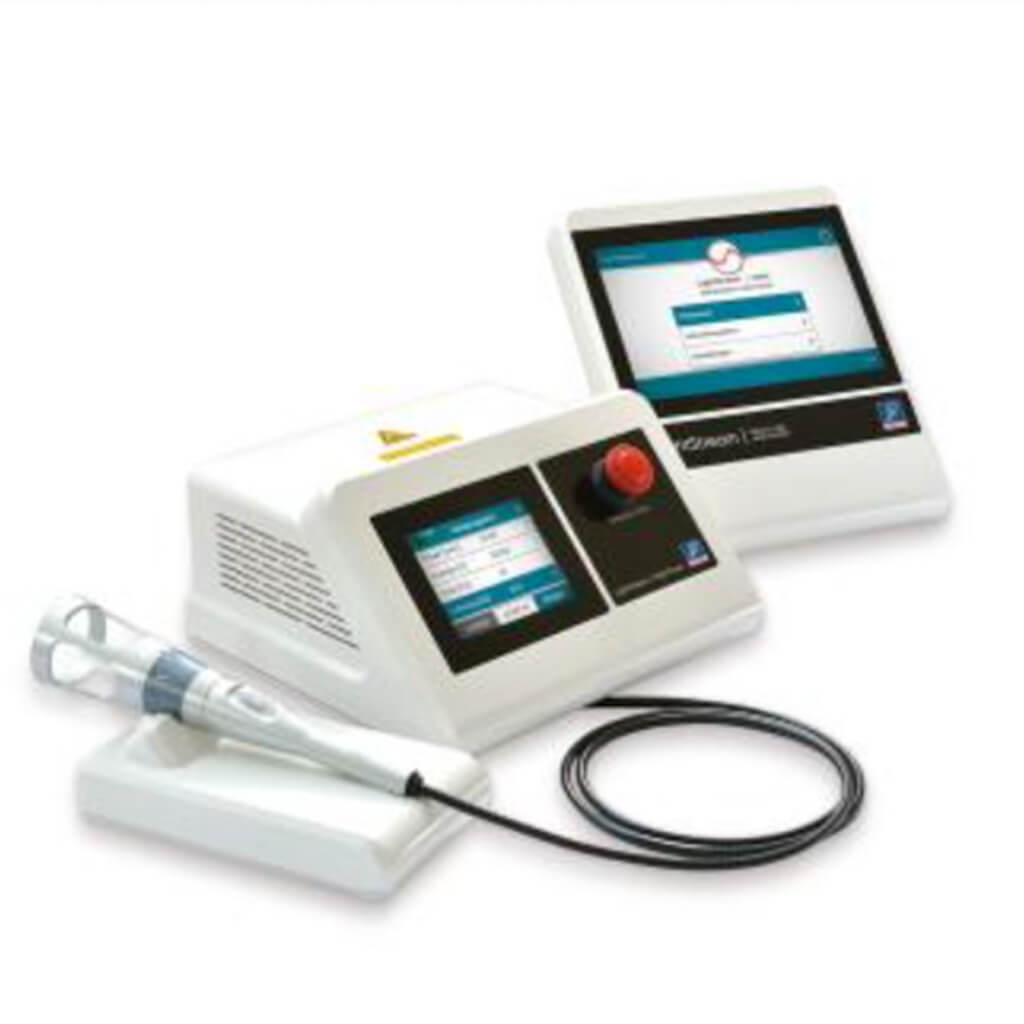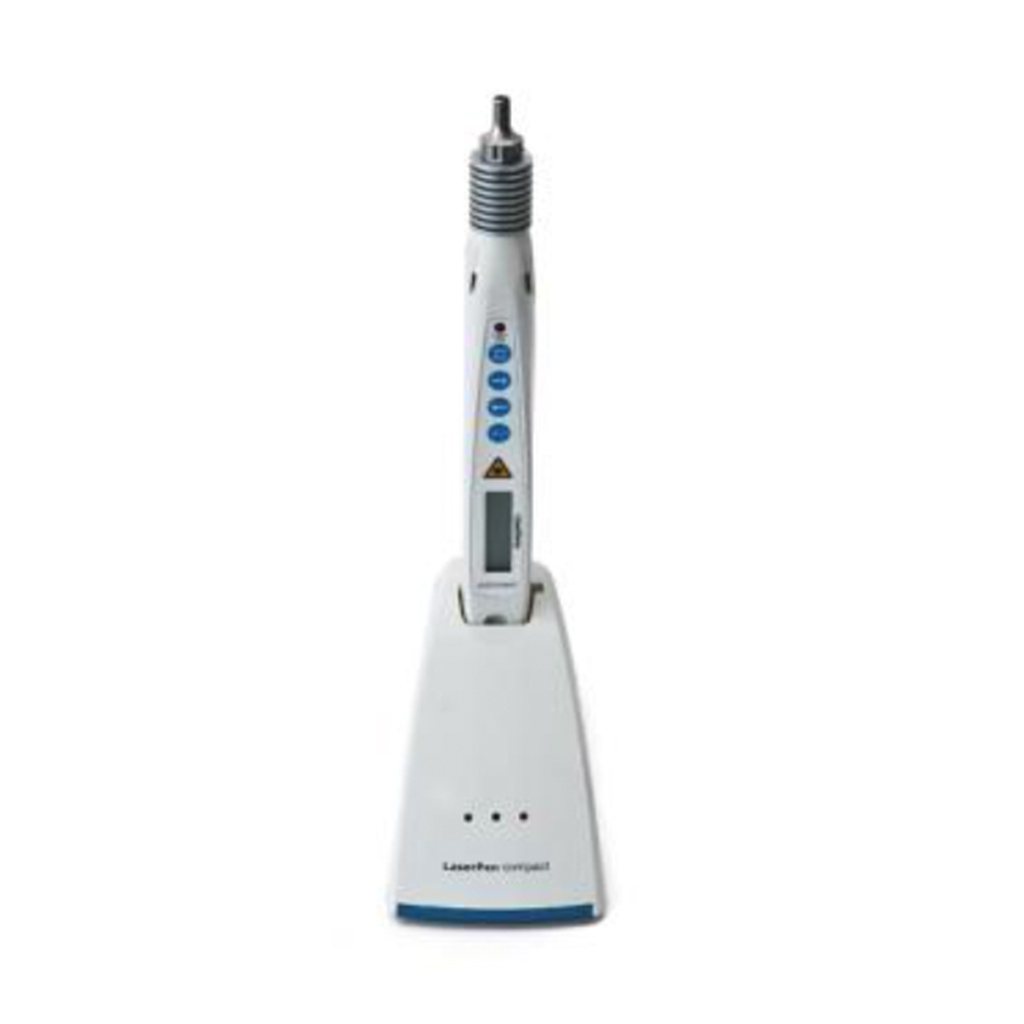Laser therapy for musculoskeletal, and sports injuries
Summary for Laser Therapy in Musculoskeletal and Sports Injuries
Study 1: Dose–Response Effect of Photobiomodulation Therapy on Muscle Performance and Fatigue
Objective: To determine the optimal energy dose of photobiomodulation therapy (PBMT) that enhances muscle performance and reduces fatigue during multiple-set knee extension exercises.
Methods: Eighteen active men participated in a study involving 5 sets of 10 knee extensions, performed in six sessions over six weeks. PBMT was applied at doses of 135, 270, and 540 J, both 6 hours before and immediately before exercise.
Results: PBMT did not significantly impact overall exercise performance compared to placebo. However, PBMT at all doses reduced fatigue and maintained muscle strength better than placebo.
Conclusion: PBMT at 135, 270, and 540 J doses, applied before exercise, can effectively reduce muscle fatigue.
Study 2: Effects of Pre- or Post-Exercise Low-Level Laser Therapy on Muscle Fatigue and Recovery
Objective: To examine the impact of low-level laser therapy (LLLT) before and after exercise on muscle performance and recovery markers.
Methods: Twenty-seven male soccer players were divided into placebo, pre-fatigue laser, and post-fatigue laser groups. LLLT was applied to the quadriceps using an 830 nm infrared laser.
Results: Post-fatigue LLLT significantly reduced serum lactate and creatine kinase (CK) levels compared to placebo, indicating improved muscle recovery.
Conclusion: LLLT before or after exercise helps reduce muscle fatigue and improve biochemical recovery markers, with post-exercise application showing the most significant benefits.
Study 3: Protective Effect of Laser Phototherapy on Denervated Muscle
Objective: To evaluate the effect of laser treatment on denervated muscles, focusing on acetylcholine receptors (AChR) and creatine kinase (CK) activity.
Methods: Ninety-six rats had their gastrocnemius muscle denervated and were treated with a HeNe laser for 14 days. Muscle samples were analyzed for AChR and CK activity at various intervals.
Results: Laser therapy significantly preserved AChR and CK activity during the early stages of muscle atrophy.
Conclusion: Laser phototherapy can help maintain muscle function during denervation by preserving key biochemical markers.
Study 4: Effect of Low-Level Laser Therapy on Muscle Performance Post-Resistance Training
Objective: To investigate the effects of 808 nm laser therapy on muscle performance after resistance training.
Methods: Thirty Wistar rats were divided into control, trained, and trained plus laser groups. The training involved climbing with weights, followed by laser application to the tibialis anterior muscle.
Results: The laser-treated group showed reduced lactate levels and muscle glycogen depletion, with increased muscle fiber size.
Conclusion: LLLT enhances muscle performance and recovery post-resistance training.
Study 5: Effect of Low-Level Laser Therapy on Exercise-Induced Muscle Fatigue
Objective: To examine whether LLLT can reduce muscle fatigue during repeated biceps contractions.
Methods: Twelve male volleyball players performed biceps contractions with and without LLLT. Blood lactate levels and the number of contractions were measured.
Results: LLLT significantly increased the number of contractions and delayed muscle fatigue, despite elevated lactate levels.
Conclusion: LLLT can delay muscle fatigue and improve exercise performance through local mechanisms.
Study 6: Use of Low-Level Laser Therapy to Increase Muscle Fatigue Resistance
Objective: To assess the impact of LLLT on muscle fatigue resistance during knee flexion-extensions.
Methods: Seven healthy young men participated in a crossover trial with LLLT or placebo applied during and after exercise sessions. Muscle performance was assessed using an isokinetic dynamometer.
Results: The LLLT group showed increased resistance to muscle fatigue and improved performance.
Conclusion: LLLT applied during rest intervals and post-exercise enhances muscle fatigue resistance and performance.
